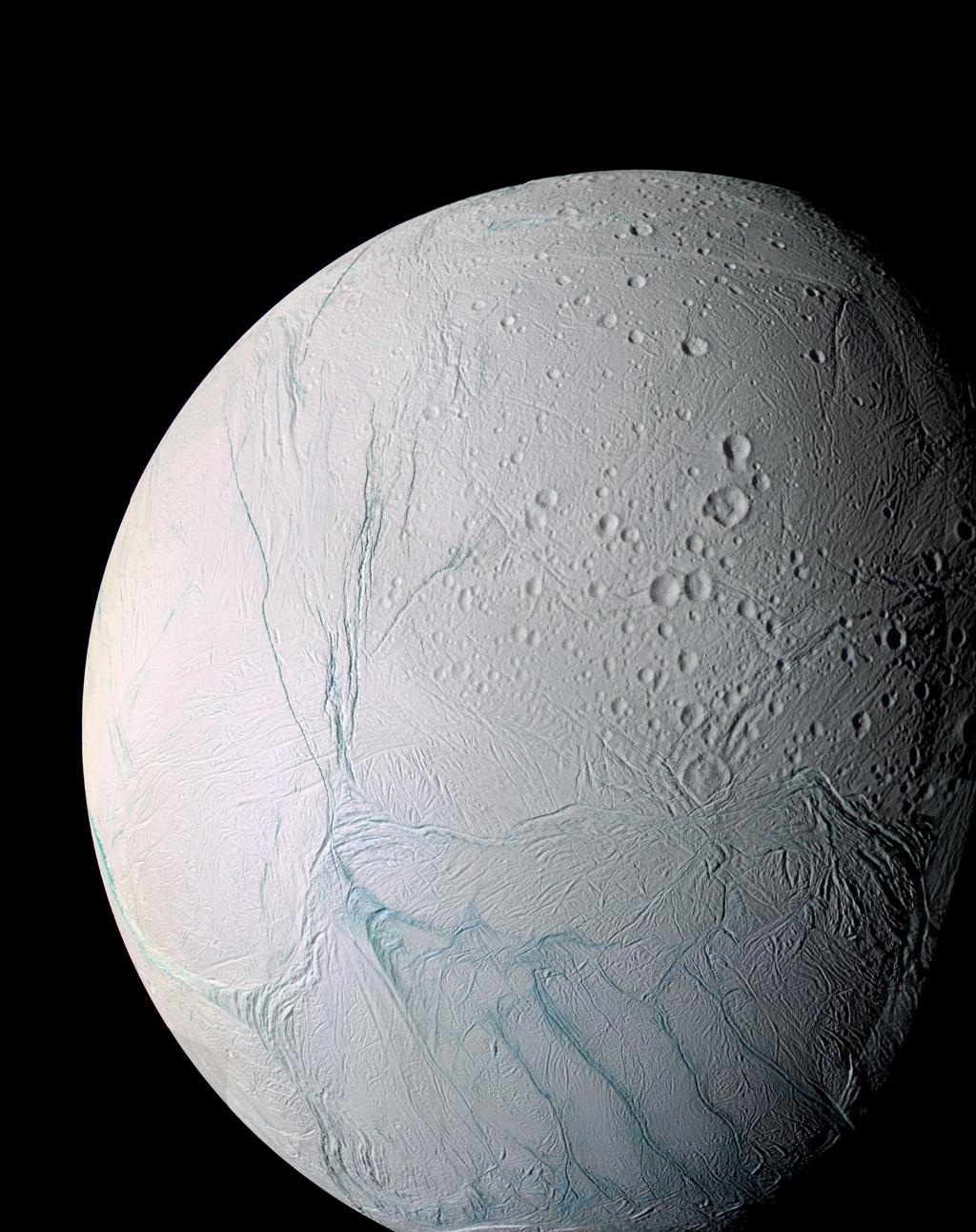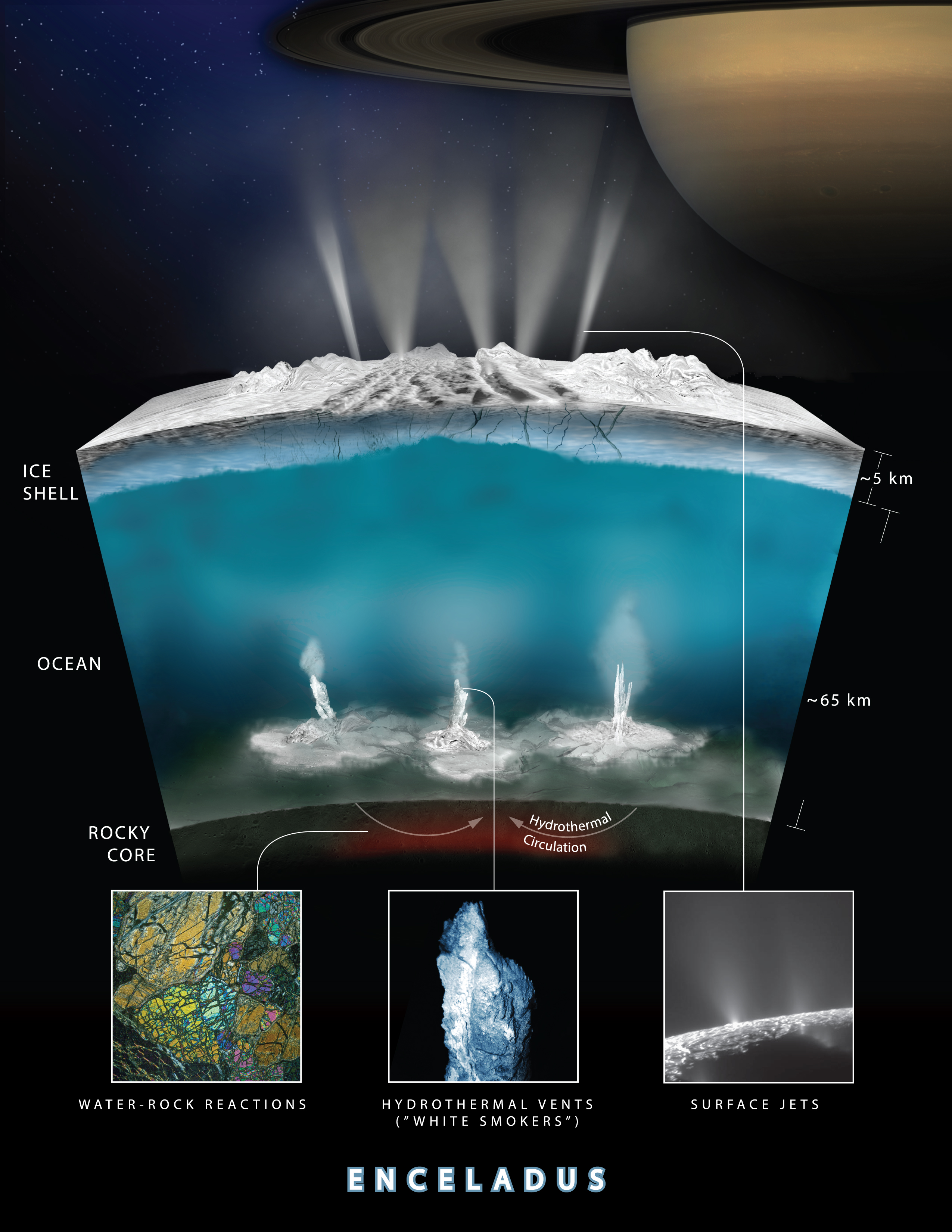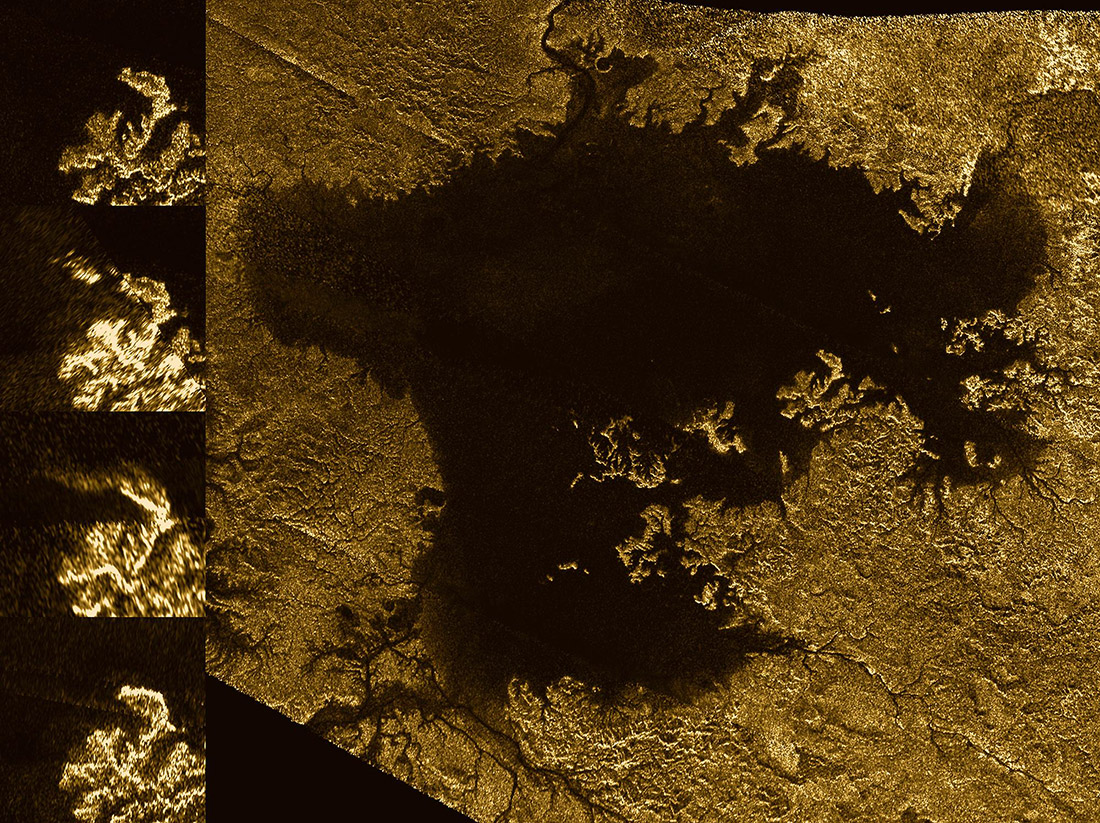Why the Cassini Mission to Saturn Must End in a Fiery Dive
After examining Saturn from up close for 13 years, the Cassini spacecraft is ending its long career with a boom — and there's an important reason why.
Friday morning (Sept. 15), Cassini will complete the orbital pirouettes of its seven-year Solstice Mission and complete a self-destructing descent into Saturn's atmosphere. This fierce ending is dramatic for a purpose: It will prevent Earth microbes from contaminating Saturn's nearby moons.
When NASA's Cassini spacecraft completed its first tour of Saturn in 2008, the mission team had to decide what would come next. [Cassini's Saturn Crash 2017: How to Watch Its 'Grand Finale']
Cassini could have parted ways with the ringed planet. In 2009, studies showed that Cassini had enough fuel to reach Uranus or Neptune. Cassini could have traveled in the other direction, toward Jupiter, or it could have been sent to visit an assembly of asteroids known as the Centaurs in the outer limits of the solar system.
Instead, scientists chose to continue making discoveries about Saturn and its moons — first through a two-year extended mission known as the Cassini Equinox Mission, and then with a second extension in 2010 that would bring the spacecraft to the very limit of the fuel it carried. That made it clear that Cassini's third mission, the Solstice Mission, would be how the spacecraft would end its career. It was during these missions that scientists discovered that two of Saturn's moons, Titan and Enceladus, showed signs that they were well suited to life. But why the fiery plummet?
"The spacecraft will burn up and disintegrate like a meteor in the upper atmosphere of Saturn," Preston Dyches, of NASA's Jet Propulsion Laboratory (JPL), told Space.com via email. "This was determined to be the best way to ensure the safe disposal of the spacecraft, so that there would be no chance of future contamination of Enceladus by any hardy microbes that might have stowed away on board all these years."

According to Dyches, NASA follows rules outlined in its planetary protection policy. This includes not contaminating a celestial body that the agency thinks might be habitable, according to Cassini deputy project scientist Scott Edgington. The Cassini mission revealed that Enceladus has a hotspot at its south pole and propels geysers of ice crystals from its surface, indicating to scientists that liquid water likely exists beneath its surface. The presence of a subterranean ocean might be a clue that tiny Enceladus can support life.
Get the Space.com Newsletter
Breaking space news, the latest updates on rocket launches, skywatching events and more!
Cassini's robotic body is warm inside, and any microbes that entered the vessel while it was being built here on Earth and resisted sterilization could have hitched a ride and survived all this time. If Cassini is allowed to float near Saturn and accidentally crashes onto Enceladus, the spacecraft's heat could melt the surface ice and fall into the depths of Enceladus' underground oceans, scientists have said.

When the Solstice Mission's plan was developed, NASA was fully aware that Cassini's low propellant levels would soon make it impossible to navigate, so the space agency deliberately chose to include a final plunge into Saturn that prevented a scenario where Cassini is in free flight. While the choice to terminate Cassini was made in 2010 and was based largely on the hypothetical existence of both Cassini microbes and habitable moons, "the discoveries on Enceladus only served to reinforce the wisdom of this decision," Dyches said.
Saturn's largest moon, Titan, hosts Earth-like geographical features, including rivers made of methane and ethane, as well as clouds and possibly volcanoes. Since many scientists believe Titan resembles Earth before life formed, the destruction of Cassini will also prevent Earth microbes from disrupting any life processes that may or already occur there. Although Cassini already dropped the Huygens lander to explore the moon, the features it saw made the researchers even more keen on preserving it from further contamination.

Cassini's discovery that Saturn's moons had the potential to produce life highlighted the importance of the mission, and further emphasized the need for the spacecraft to meet its dramatic end. "Ending Cassini this way," said Dyches, "is the right thing to do scientifically, technically and ethically."
Visit Space.com for complete coverage of Cassini's crash into Saturn on Friday, Sept. 15.
Follow Doris Elin Salazar on Twitter @salazar_elin. Follow us @Spacedotcom, Facebook and Google+. Original article on Space.com.
Join our Space Forums to keep talking space on the latest missions, night sky and more! And if you have a news tip, correction or comment, let us know at: community@space.com.

Doris is a science journalist and Space.com contributor. She received a B.A. in Sociology and Communications at Fordham University in New York City. Her first work was published in collaboration with London Mining Network, where her love of science writing was born. Her passion for astronomy started as a kid when she helped her sister build a model solar system in the Bronx. She got her first shot at astronomy writing as a Space.com editorial intern and continues to write about all things cosmic for the website. Doris has also written about microscopic plant life for Scientific American’s website and about whale calls for their print magazine. She has also written about ancient humans for Inverse, with stories ranging from how to recreate Pompeii’s cuisine to how to map the Polynesian expansion through genomics. She currently shares her home with two rabbits. Follow her on twitter at @salazar_elin.









